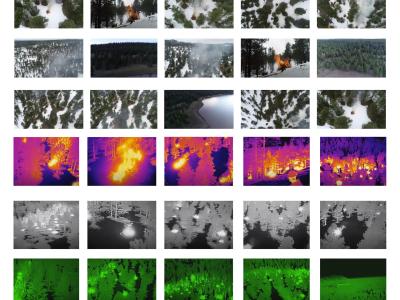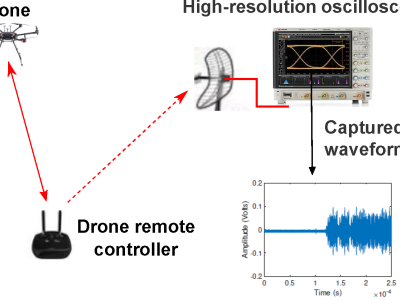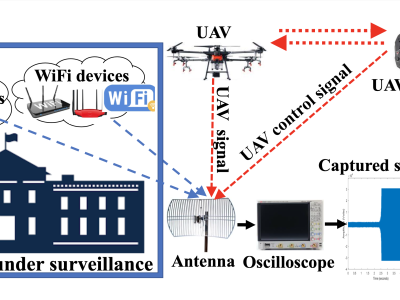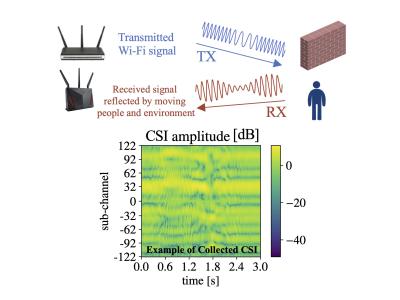Asymmetric Deformation Induced by Underground Mining

- Citation Author(s):
-
Chenglong Zhang
- Submitted by:
- Chenglong Zhang
- Last updated:
- DOI:
- 10.21227/t607-e481
 19 views
19 views
- Categories:
- Keywords:
Abstract
Geohazards resulting from mining activities must be effectively monitored to mitigate their impact on the environment and human activities. Geohazards such as landslides and collapses caused by open-pit mining are relatively easier to monitor because they are primarily surface-based. In contrast, underground mining disrupts the stress balance in the overlying rock layers, leading to complex settlement patterns, including subsidence basins, cracks, and groundwater depletion. This complexity makes monitoring geohazards caused by underground mining particularly challenging, as it depends on subsurface stress conditions and structural complexity. Previous studies have shown that land subsidence caused by horizontal/near-horizontal longwall mining methods is typically symmetrical. However, asymmetry can occur under complex conditions. In this paper, asymmetric land subsidence caused by coal mining activities in Shaanxi, China, over the past decade is investigated using Interferometric Synthetic Aperture Radar (InSAR) supplemented by field investigations and geophysical experiments. The results indicate that the mining across multiple working faces over the years has led to the formation of a large subsidence funnel above the working faces with a cumulative subsidence of more than 900 mm in the centre area, in addition to the formation of a new subsidence centre. Moreover, asymmetric deformation has also occurred on the surface. Through further analysis, we identified potential driving mechanisms of asymmetric subsidence, providing valuable insights into the prediction and monitoring of land subsidence due to underground mining.
Instructions:
Geohazards resulting from mining activities must be effectively monitored to mitigate their impact on the environment and human activities. Geohazards such as landslides and collapses caused by open-pit mining are relatively easier to monitor because they are primarily surface-based. In contrast, underground mining disrupts the stress balance in the overlying rock layers, leading to complex settlement patterns, including subsidence basins, cracks, and groundwater depletion. This complexity makes monitoring geohazards caused by underground mining particularly challenging, as it depends on subsurface stress conditions and structural complexity. Previous studies have shown that land subsidence caused by horizontal/near-horizontal longwall mining methods is typically symmetrical. However, asymmetry can occur under complex conditions. In this paper, asymmetric land subsidence caused by coal mining activities in Shaanxi, China, over the past decade is investigated using Interferometric Synthetic Aperture Radar (InSAR) supplemented by field investigations and geophysical experiments. The results indicate that the mining across multiple working faces over the years has led to the formation of a large subsidence funnel above the working faces with a cumulative subsidence of more than 900 mm in the centre area, in addition to the formation of a new subsidence centre. Moreover, asymmetric deformation has also occurred on the surface. Through further analysis, we identified potential driving mechanisms of asymmetric subsidence, providing valuable insights into the prediction and monitoring of land subsidence due to underground mining.







